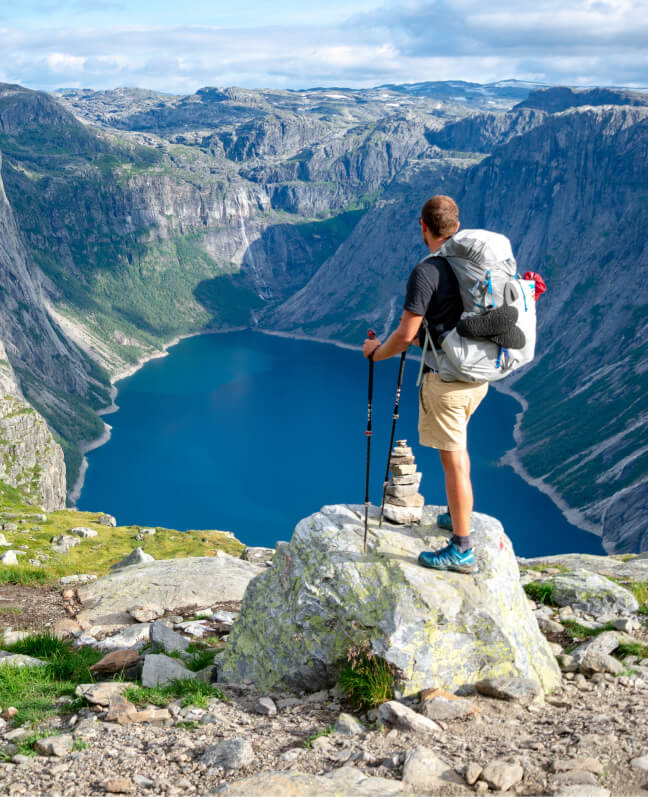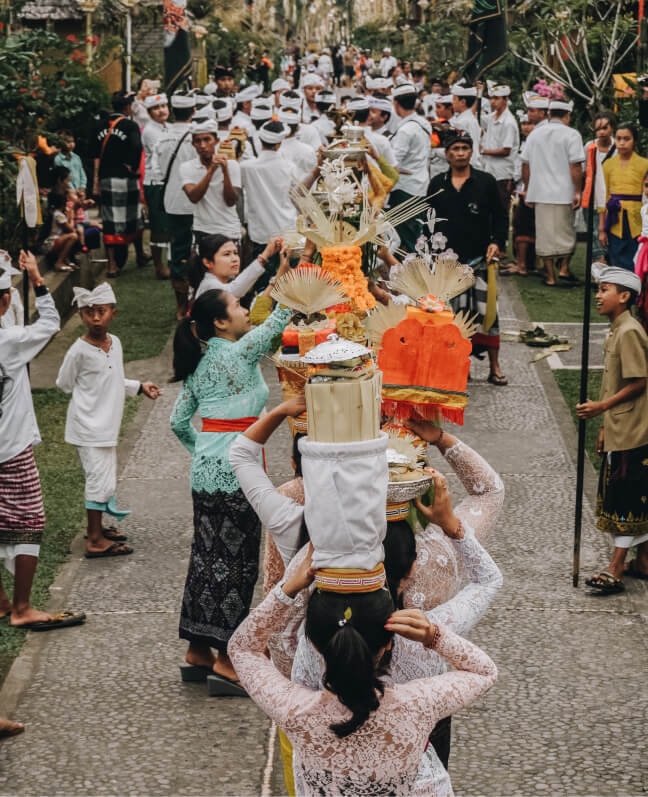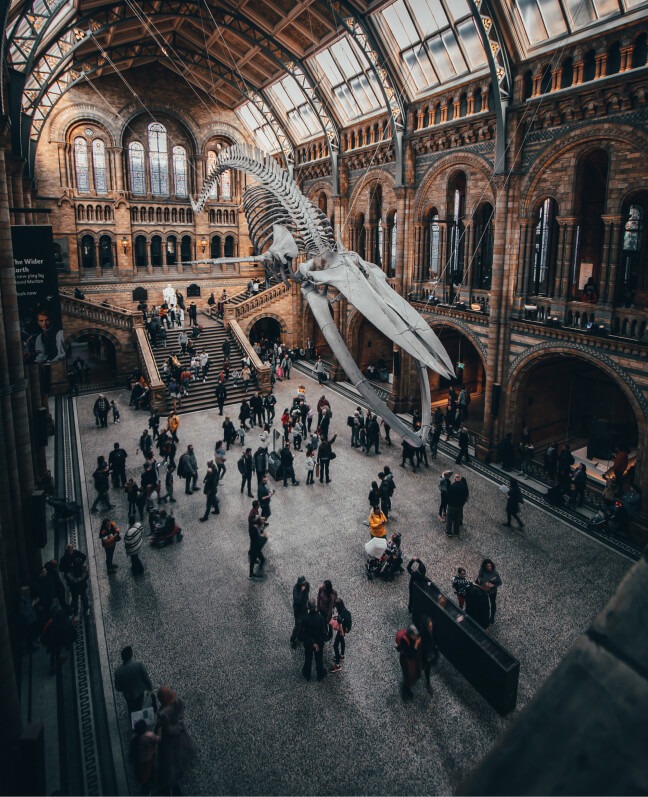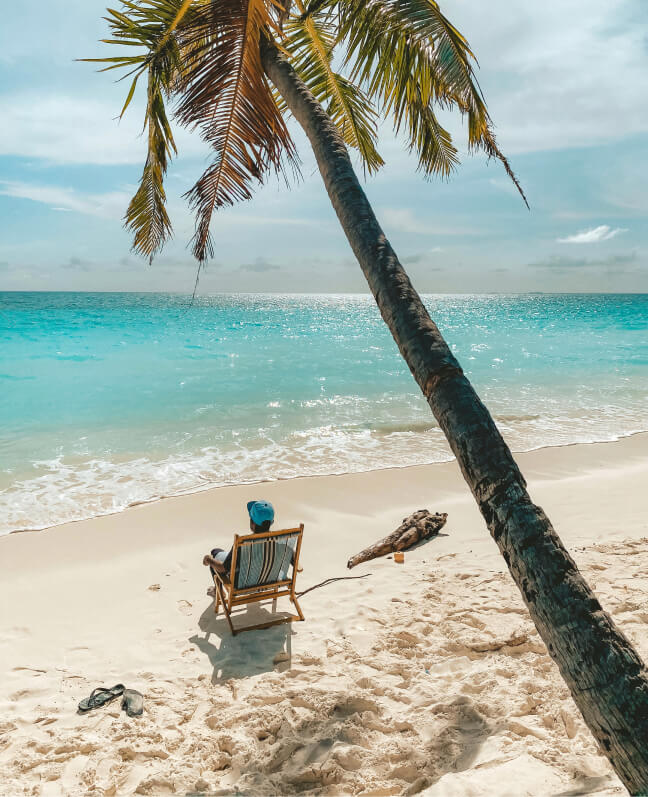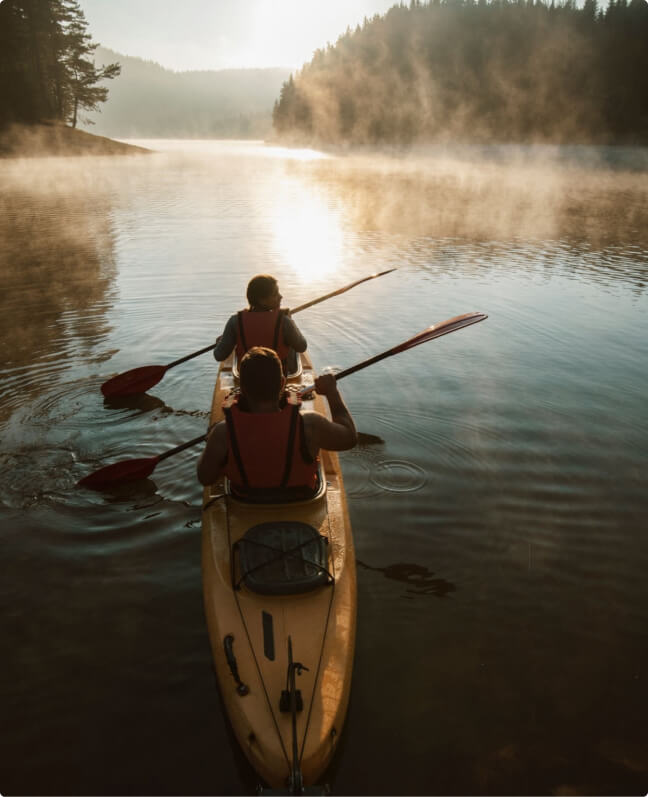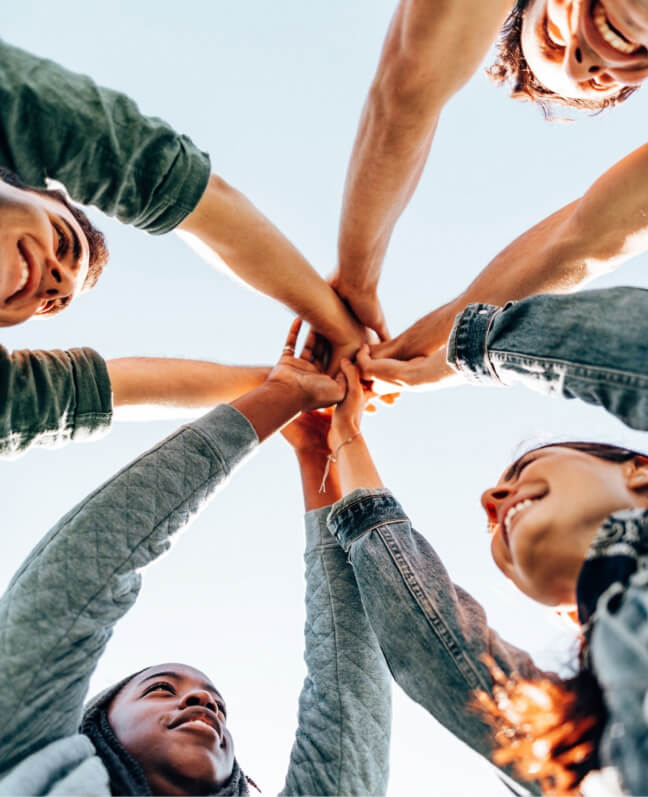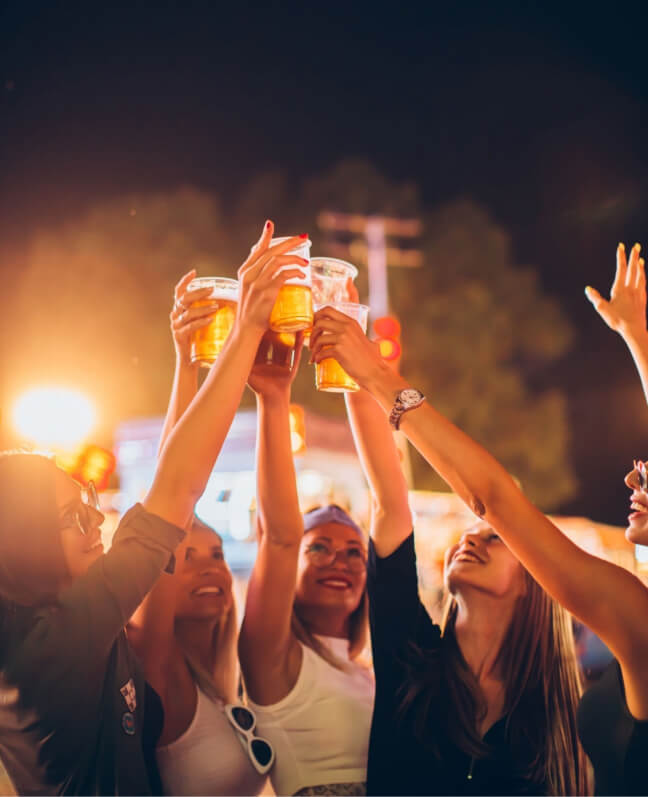Welcome To Madagasca
Tourism in Madagascar could become a hope for a sustainable source of income. ASTHO Vacations offer an incredible variety of different landscapes and vacation opportunities for those looking for Madagascar tours.
Little of this is currently accessible to guests wishing to visit this fascinating country. This is due in part to the paucity of options in terms of paved road networks, vast distances, and expensive and few international air connections.
Since the early 1980s, developing countries, which is equally true for Madagascar, with a clear dominance of French travelers, have increased their participation in international tourism.
What Tourism Offers in Madagascar
It is undeniable that tourism offers new prospects for development and job creation in poor regions and structurally weak countries. In some forms, tourism can be an important center of growth for many developing countries.
Madagascar is considered such a hotspot for biodiversity that it is often referred to by scientists as the “eighth continent”, with 4,800 miles of coastline and dozens of islands and islets that are home to the world’s second largest coral reef system and mangrove ecosystem.
With everything from tropical dry forests, flourishing rain forests, plateaus, and deserts, Madagascar is undoubtedly a dream destination for outdoor enthusiasts and those looking for a location teeming with unique opportunities for adventure.
Some of Madagascar’s most famous residents are its lemurs, with over 110 species found exclusively on the island.
In addition to these peculiar wide-eyed primates, you can also find the native Malagasy giant chameleon wondering throughout the leafy bush, the stunning comet orchids that stopped even Charles Darwin in his tracks, and the soaring Baobab, also known as the “trees of life”, that have been the source of folklore and myths for centuries.
Madagascar is not a country to overlook when searching for somewhere new to visit. You won’t regret the unique opportunities, friendly culture, and never-ending coast that this island offers.
The distance from Europe and the local infrastructures are not suitable to develop mass tourism as on some other tropical islands.
The only possibility in the sense mentioned is Nosy Be, where there are luxury facilities and an airport for international flights. Therefore, it seems necessary to introduce and try other forms of tourism that least affect the social and economic system of the host country.
Traveling a country and discovering other cultures promotes the participation of local people in the different phases of the tourism project. This generates a more equitable distribution of resources. 2008 was considered a very good year in terms of tourism.
There were almost 300,000 tourists in Madagascar at that time, according to official statistics. However, a year later came the political crisis, which had devastating consequences on the development of this industry.
In concrete terms, this means that there were far fewer visitors to the world’s fourth-largest island before and after the crisis than to the comparatively “tiny” neighboring island of Mauritius.
Many conservation groups and projects also assume that the various tasks that need to be tackled in these areas would be much easier to implement if more money flowed into Madagascar’s coffers due to increasing tourist numbers.
The following overview should serve to give an impression of the tourist particularities that make up Madagascar. It will also highlight the various problems that have prevented and continue to affect the flourishing development of the tourism industry in Madagascar in recent years.
The vast distances
Madagascar measures a Area of more than 550,000 square kilometers and is therefore the fourth largest island in the world. Many parts of the island have not yet been developed from a traffic point of view.
Asphalted roads or roads passable by car are therefore a rarity. This is a real problem, especially due to the large distances involved. Weather-related influences also play an important role:
After heavy rainfall, the few Roads sometimes no longer passable and it can happen that tourists get stuck in one place. Comprehensive travel planning, best done by experienced local people, can provide relief in this case.
With our Nature and discovery tours we therefore take a lot of care. We match the classic rainy seasons and always also have a Alternative plan in your pocket should unforeseen events occur.
Our site offers you numerous ways to find out about our travel packages. If you have any questions, we will be happy to assist you and the Planning and the logistics are always adapted by us personally to the wishes & expectations of our guests.
The inconvenient accessibility
Due to the colonization of Madagascar by the French, the island has developed a strong Focus on French tourists educated. For a long time, the French were the only ones to have Madagascar on a Trip visited.
In the meantime, this has changed a little, because also German tourists come more and more often to the Red Island. Nevertheless, it can be understood as a clear shortcoming that direct Flight connections from Germany to Madagascar are still a desired destination. So far, there are primarily flight connections from Europe that start in France.
This can be seen as another reason why many vacationers interested in principle prefer other island states or islands as a destination
Unique Things To Do In Madagascar
Madagascar truly is somewhere you really need to have at the very top of your list. There are so many things to do in Madagascar that it’s actually really hard to narrow that list down! Though it may be a once in a lifetime trip for many, it is one that is worth the effort and will never be forgotten.
Madagascar’s extensive size and difficult terrain makes it really hard to plan a trip there. It certainly isn’t the easiest country to organise without a tour. This guide is intended as a complete bible for those trying to organise their own trip to Madagascar as a tourist.
1. Tsingy de Bemaraha National Park
Tsingy de Bemaraha is not only one of the most unique and incredible things to do in Madagascar, but in the world! If you haven’t heard of it before, it’s a National Park, filled with spectacular limestone ‘needles’. Essentially these are cliffs that have eroded over time and the result is striking. I expected to love it, but I genuinely was totally blown away.
There are two sides to the National Park, Grand Tsingy and Petit Tsingy. You can hike through both. They are challenging in their own way, but different from each other and worth the effort for the views. You can also camp overnight within the National Park, which would be an incredible experience.
If you are lucky, you may have the opportunity to spot lemurs in the park. We managed to see white sifaka one day and it was such a pleasant surprise. Keep your eyes peeled and let you guides know you want to see them so they keep an eye out too! To get the overall best experience, I would highly recommend to spend two full days at least in the National Park, so that you can see both sides.
2. Allée des Baobabs (Avenue of the Baobabs)
Madagascar is synonymous with baobab trees, and everybody wants to see them when they visit. Arguably the best spot to see baobabs: Allée des Baobabs (English: Avenue of the Baobabs). The location is famous for its incredible sunset views, and it really is a must-see.
The avenue itself takes about 15-30 to walk end to end (depending how slow you walk and how many photos you are taking!). There is a small café, where you can try some delicious baobab juice, and it really is delicious! The taste is hard to describe, but it’s almost like a cross between pear and pineapple.
Otherwise, this is just the perfect place for an evening stroll to take some stunning photographs and immerse yourself in the wild and rugged nature of Madagascar.
There are 9 species of baobab in the world and 6 of them are endemic to Madagascar, so this is not to be missed!
3. Spot Lemurs
What’s the first thing you think of when you hear Madagascar? Almost certainly lemurs.
Well, if you want to see them, you’re in luck. Lemurs are quite literally all over Madagascar. They’re endemic to the island and there are over 100 kinds!
Here are some of the best places to spot lemurs in Madagascar:
Andasibe National Park – my top pick!
Ranomafana National Park
Ankarafantsika National Park
Tsingy de Bemaraha National Park
Each of these places is unique in its own way and you can hope to see a great variety of different lemurs. If you’d like to know more about each of these places, you can check this full guide to the best places to spot lemurs in Madagascar.
Particularly since much of Madagascar is an delicate ecosystem and many of its species are endangered, it’s really important to make sure any interaction with the lemurs are ethical. Here are some things to look out for when choosing a lemur experience:
The best place we found for all of this was Andasibe National Park. They were super mindful of the lemurs and their space, and didn’t let anyone get too close. They are also very knowledgeable and informative about the lemurs.
4. See some of the best beaches in the Indian Ocean
If you are a beach person, you are in for a treat in Madagascar. The island is surrounded on all sides by the Indian Ocean, which means that the beaches are absolutely spectacular. The sand is powdery, white and soft, and the sea is calm and beautifully blue.
Some of the best beaches in Madagascar can be found on its islands, mostly known as Nosys. Here of some of Madagascar’s most phenomenal beach destinations:
Nosy Be. Nosy Be is justifiably one of the most famous beaches of the island, and it’s actually its own island resort! Nosy Be is quite a popular place with Malagasy locals and tourists alike, so there is a lot to do, and you won’t be bored
Nosy Kumba – another island, but quieter. If you’re lucky, you might spot some rare black lemurs!
Nosy Boraha – the pirate island! This island is rich in its own history and even has a pirate cemetery
Morondava – Morondava is close to Tsingy de Bemaraha National Park and has a nice little beach. It’s a small town with not much going on, but it’s really pretty and very relaxed
Ile aux Nattes/Nosy Nato – this is a sweet little island to the South of Nosy Boraha, where you can find lots of turtles! Remember if you’re snorkelling, don’t touch or crowd the turtles and try to reduce your sunscreen if you can by wearing cover-up clothing.
Foulpointe (Mahavelona) – Foulpointe is an adorable beach town just to the North of Toamasina (the second largest town on Madagascar).
It’s hard to choose which one you’d want to see first.
5. See the Jacaranda of Antananarivo
The first time you see jacaranda in bloom is a magical experience. Antananarivo (the capital of Madagascar, fondly known as Tana) is graced with hundreds of jacaranda trees and when they bloom, they cover the city in purple. There are jacaranda all over Madagascar, but we found them to be especially abundant in Antananarivo and Antsirabe, the two biggest cities of Madagascar.
If you want to see the jacaranda, I recommend visiting in October, which is when the trees come into bloom. October is also shoulder season in Madagascar and one of the last months you can visit Tsingy de Bemaraha National Park before the rainy season starts in November.
6. Have a really weird massage
This is probably quite a strange thing to have on a list of things to do in Madagascar, but visiting the thermal baths of Antsirabe was honestly one of the most unique (and slightly terrifying!) things we did during our time in Madagascar.
Les Thermes in Antsirabe is marketed as a health spa, but this is probably not super accurate. In appearance on the inside, it’s a cross between a doctor’s surgery and a school gymnasium and there you can get one of the most affordable spa treatments you’ll ever have. For the incredible rate of $2.50, we booked a hot tub spa for two, and a ‘vichy’ massage for my husband Murray.
We had, of course, no idea what a vichy massage was but it turns out, put simply, that it was just a very aggressive wash! Murray was essentially hosed down, scrubbed to within an inch of his life and then nudged a bit by a masseuse. His verdict was that while it definitely wasn’t very relaxing, it absolutely was a unique experience!
They have some other very different massages to choose from (such as underwater massages!) and it’s worth checking out if you’re in the area and want to try something unusual and fun.
7. Visit the presidential palace of Antananarivo
Many people skip out on Tana and prioritise Madagascar’s National Parks, but its capital city actually has a lot to offer! The Presidential palace is absolutely beautiful and stuffed full of history.
The guides are really knowledgeable, so I definitely recommend to hire one if you have the means, and will tell you all about the ex-royal family of Madagascar, how they used to live and how they met their unfortunate demise.
Here are 4 interesting things you can do in Tana:
Visit the Presidential Palace – this was our favourite thing to do in Antananarivo!
Explore the history of Rova Fort
Get a taste of local culture at Analakely Market
Soak in the views of Lac Anosy
8. Find out how aluminium is made
Each district of Madagascar separates itself based on the dominant trade of the area. Just near Antananarivo you’ll find a district of aluminium makers, who use traditional methods to make aluminium post and pans, and are happy to share their craft with tourists.
It’s really interesting to see how they work, and you can also buy handcrafted aluminium souvenirs to support the local craftsmen (and sometimes women) through tourism. I would highly recommend to buy a little something if you have the means – these people find it difficult to benefit from tourism otherwise, so it’s a great way to support them.
9. Eat food from all kinds of different cultures
Since Madagascar is an absolute melting pot of various different cultures from all over the world, its food comes from literally everywhere. Some influences include: French, Indian, South East Asian, Chinese and Swahili, but you can just as easily find pizza and pasta dishes too!
Being Madagascar, much of this food is very affordable, and also usually home-cooked and delicious. Here are some of my favourite foods in Madagascar:
Mofo Gasy (pronounced Moof Gas)- naturally vegan, coconut milk and rice flour doughnuts! They are popular in quite a few other East African countries (we knew them first as vitumbua from Tanzania, and they are so delicious.
Bol renversé – I sadly did not get to try this as it mostly contains meat, but everyone I saw who had it said it was incredible! It’s basically a sticky Asian sauce served over a bowl of rice. The sauce goes on the bottom and the bowl is then flipped (hence the name). I heard this is apparently also very common in Mauritius.
10. Ride a traditional dhow boat down the river
To get to Tsingy de Bemaraha National Park, you have two choices. The first is to go via road. It’s quite a long way (2 days driving at least), and not great terrain for overlanding. As an alternative option, you can take a traditional Malagasy dhow boat, and sleep out on the river banks wild camping.

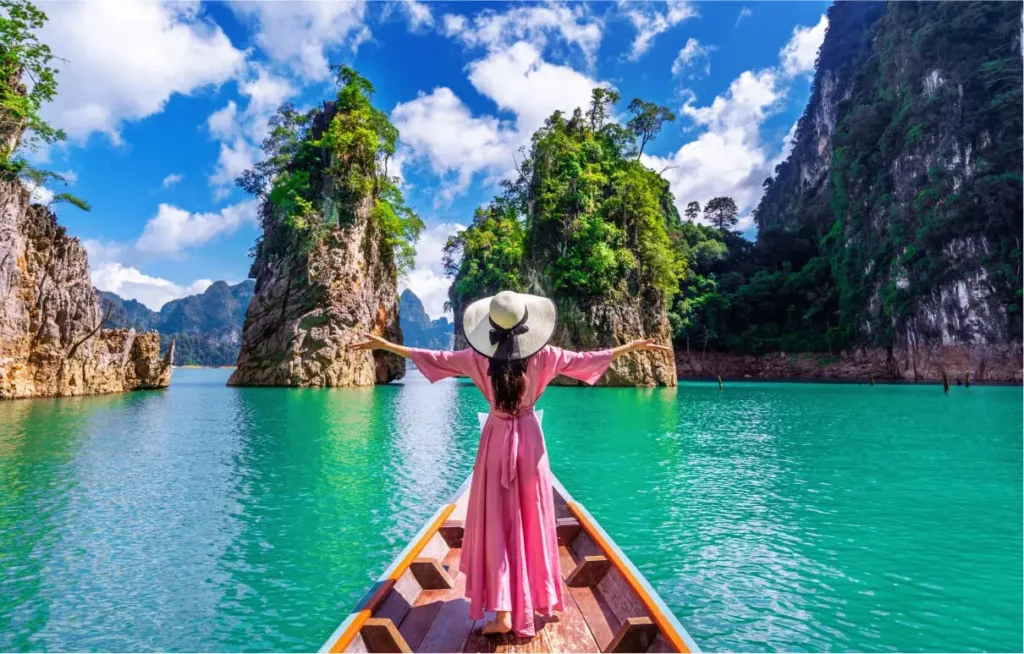



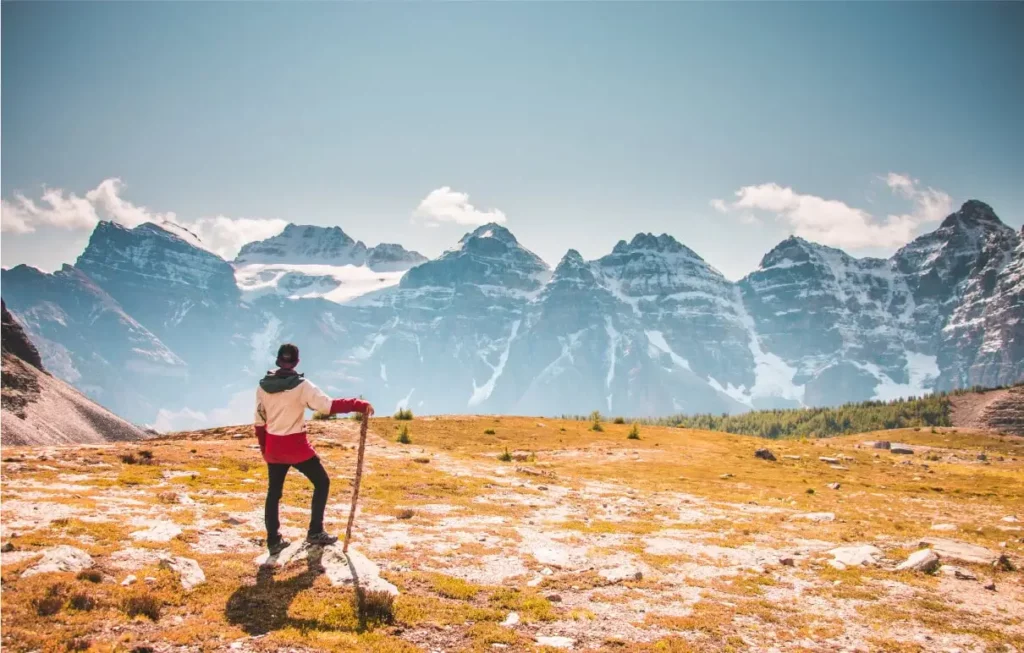
Heaven On Earth
A custom made Madagascar tour itinerary is the ultimate way to see the world how you want. They are created especially for you, giving you complete freedom to choose what you want to see, where you want to go and when you want to do it.
If you love our current itineraries but want to customise it privately as a couple, a group of friends, family, club, business or school, you have the freedom to add or remove as many elements as you like to suit the interests of your group.
Alternatively, you can start with a blank canvas and create a new and exciting itinerary from scratch!
Our well-travelled consultants can give you firsthand suggestions and eliminate any uncertainty with Madagascar tour planning to ensure you maximise the quality of your experience and get truly off the beaten track. Simply email, phone or visit us to start planning your dream adventure.
- Exploring ancient ruins, historical landmar.
- Immersive cultural experiences, local.
- Hiking, trekking, extreme sports, and out.
- A romantic destination like Paris, Venice.
- Kid-friendly activities, theme parks family.
- Premium accommodations, gourmet.




